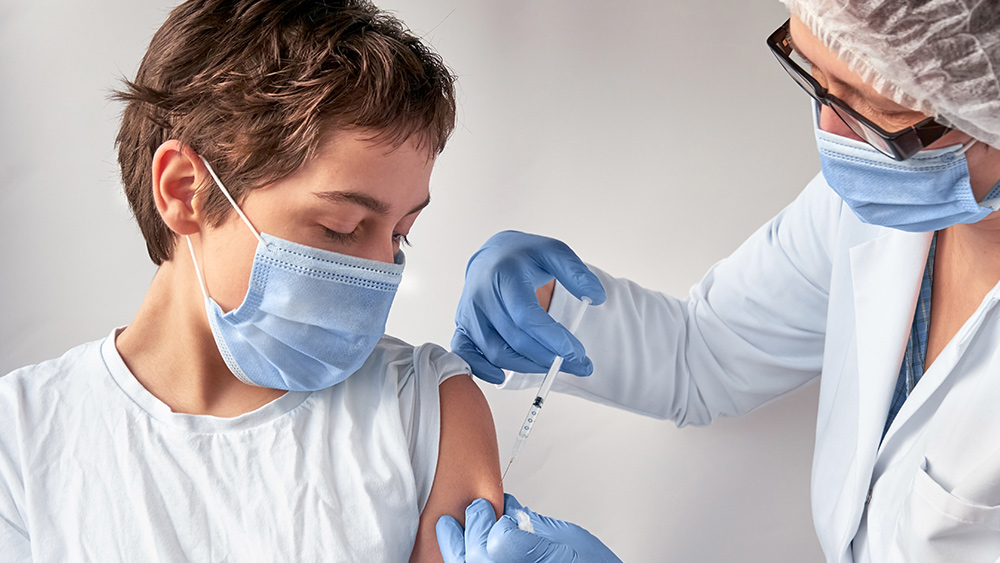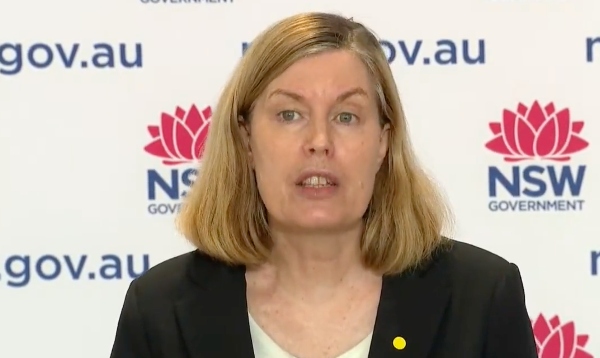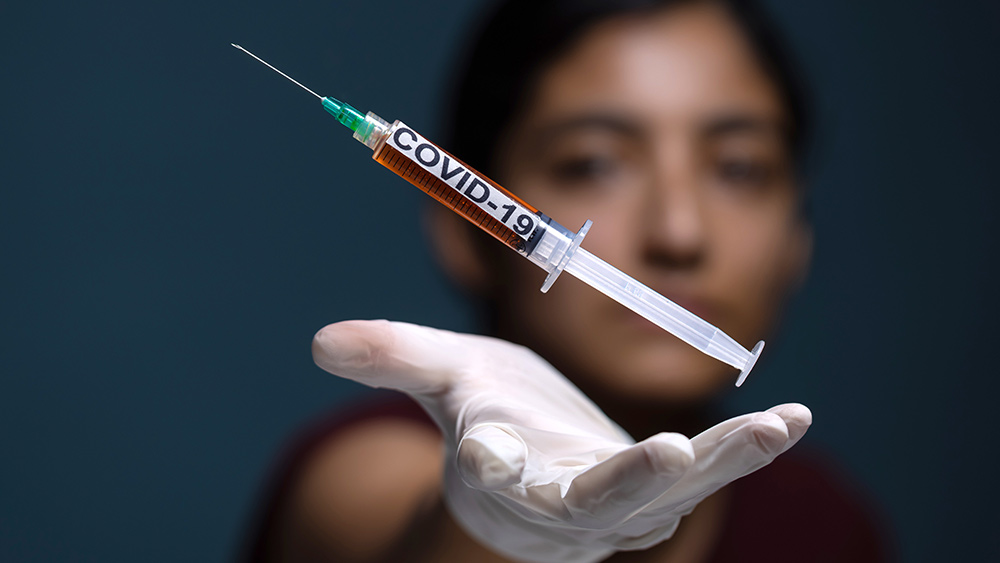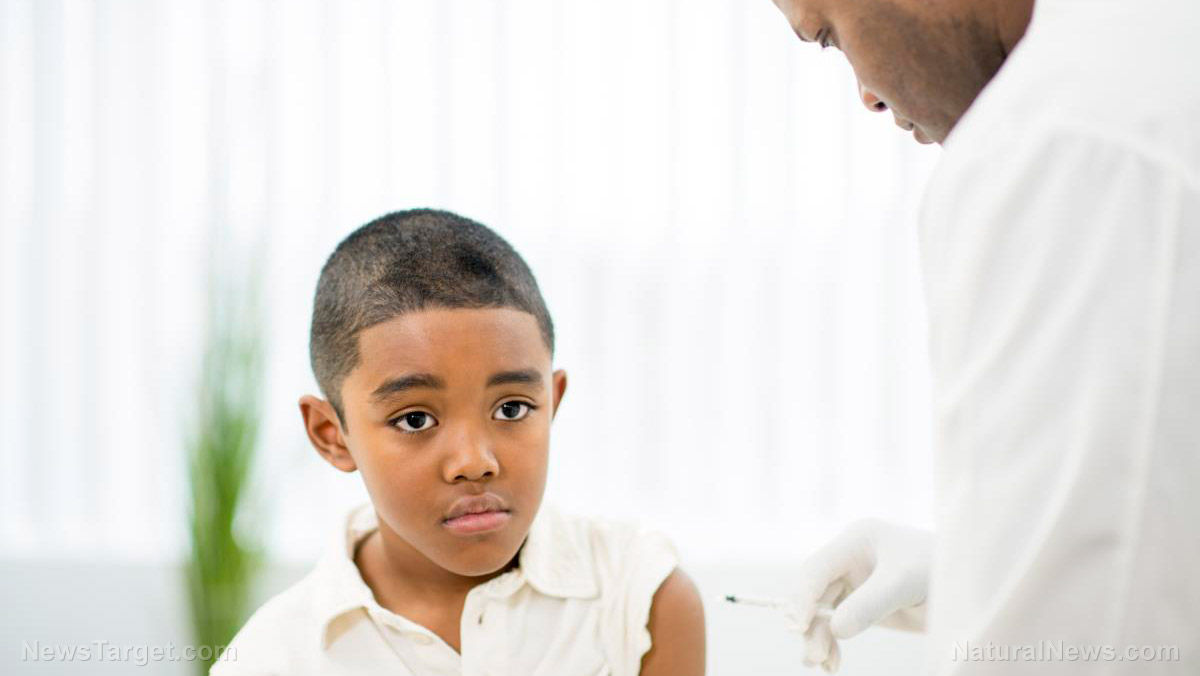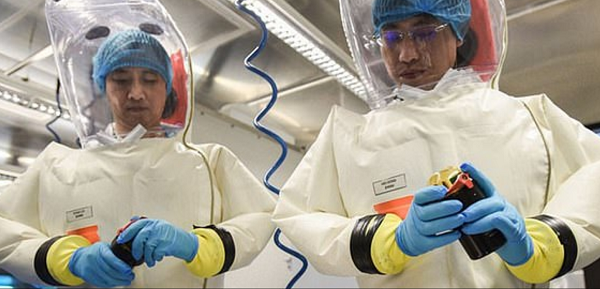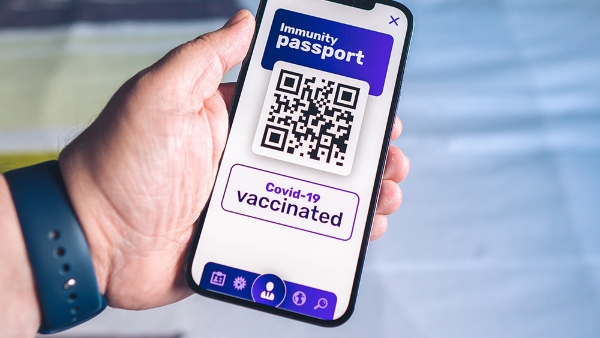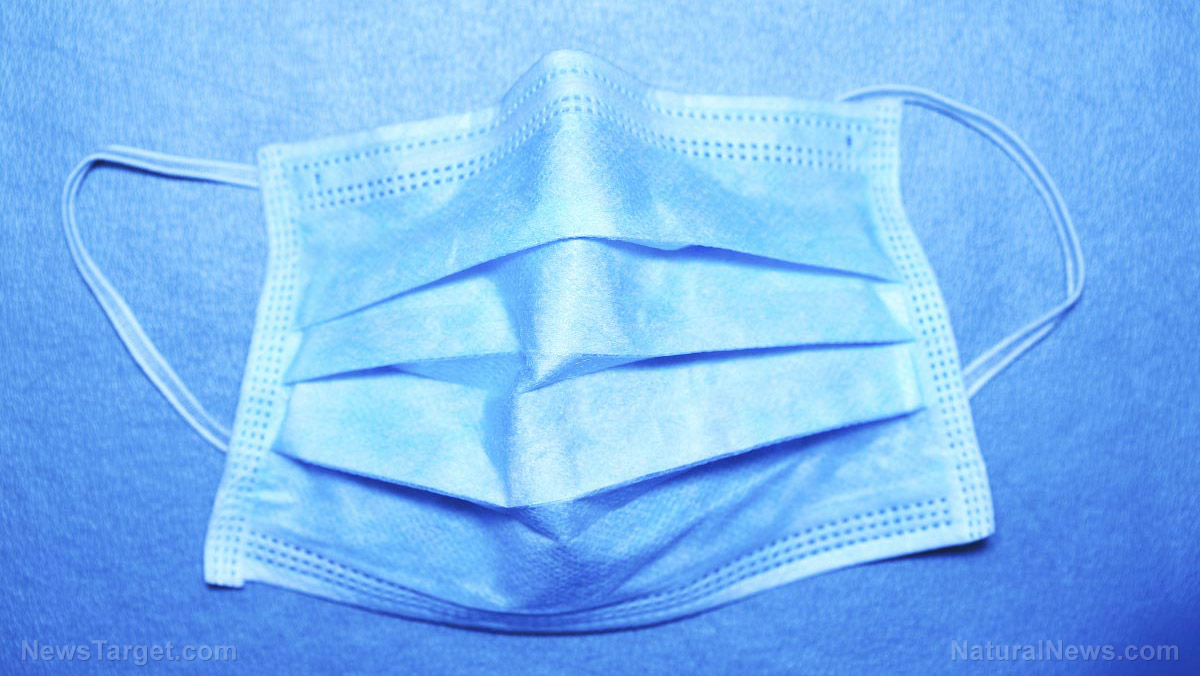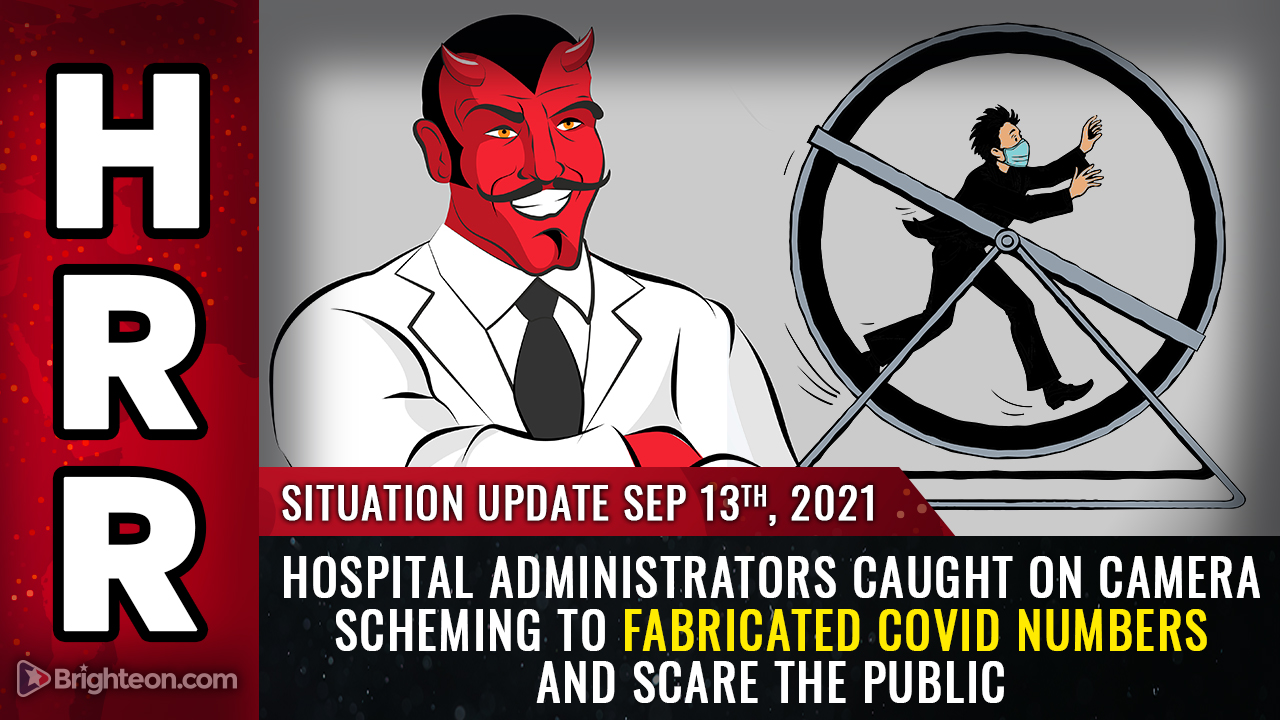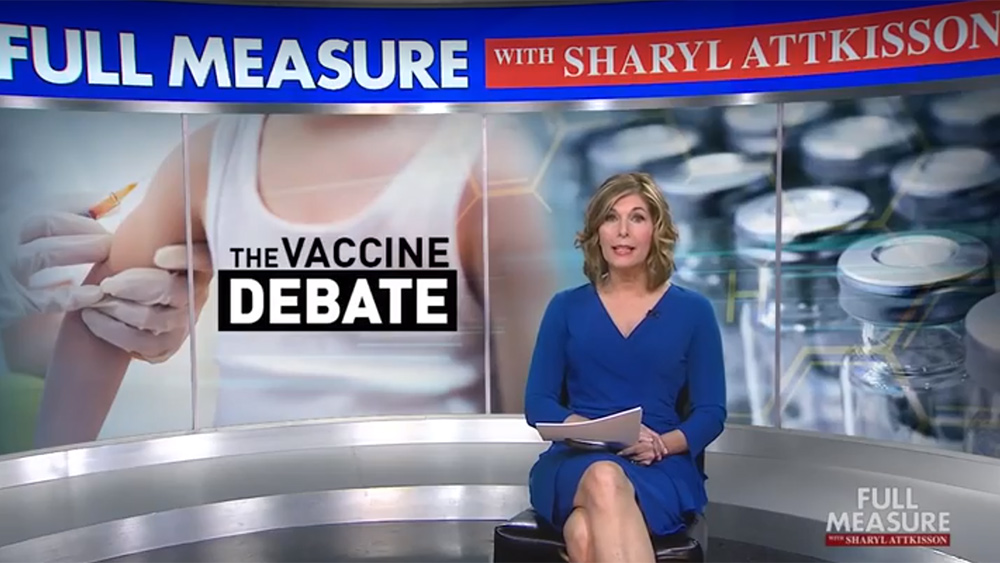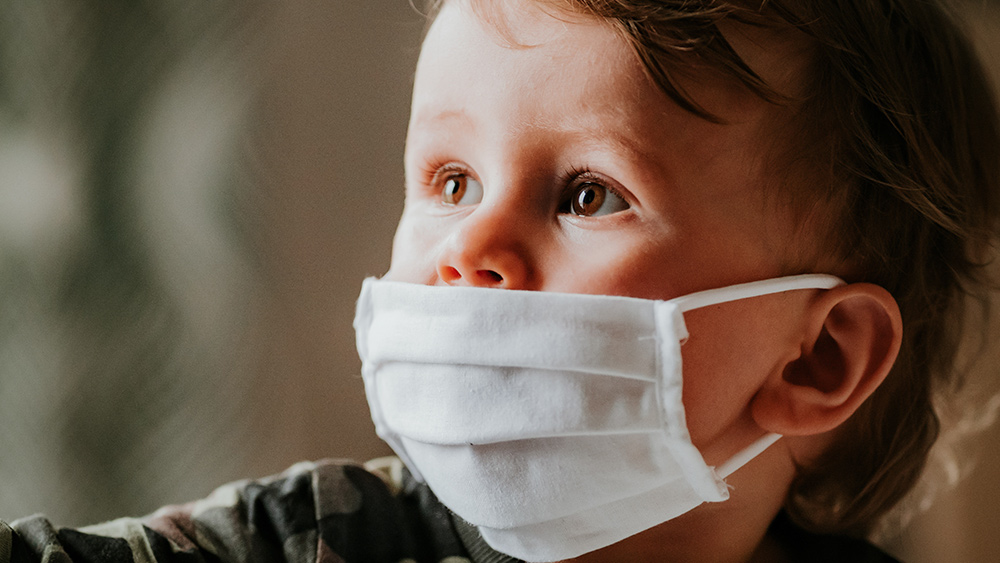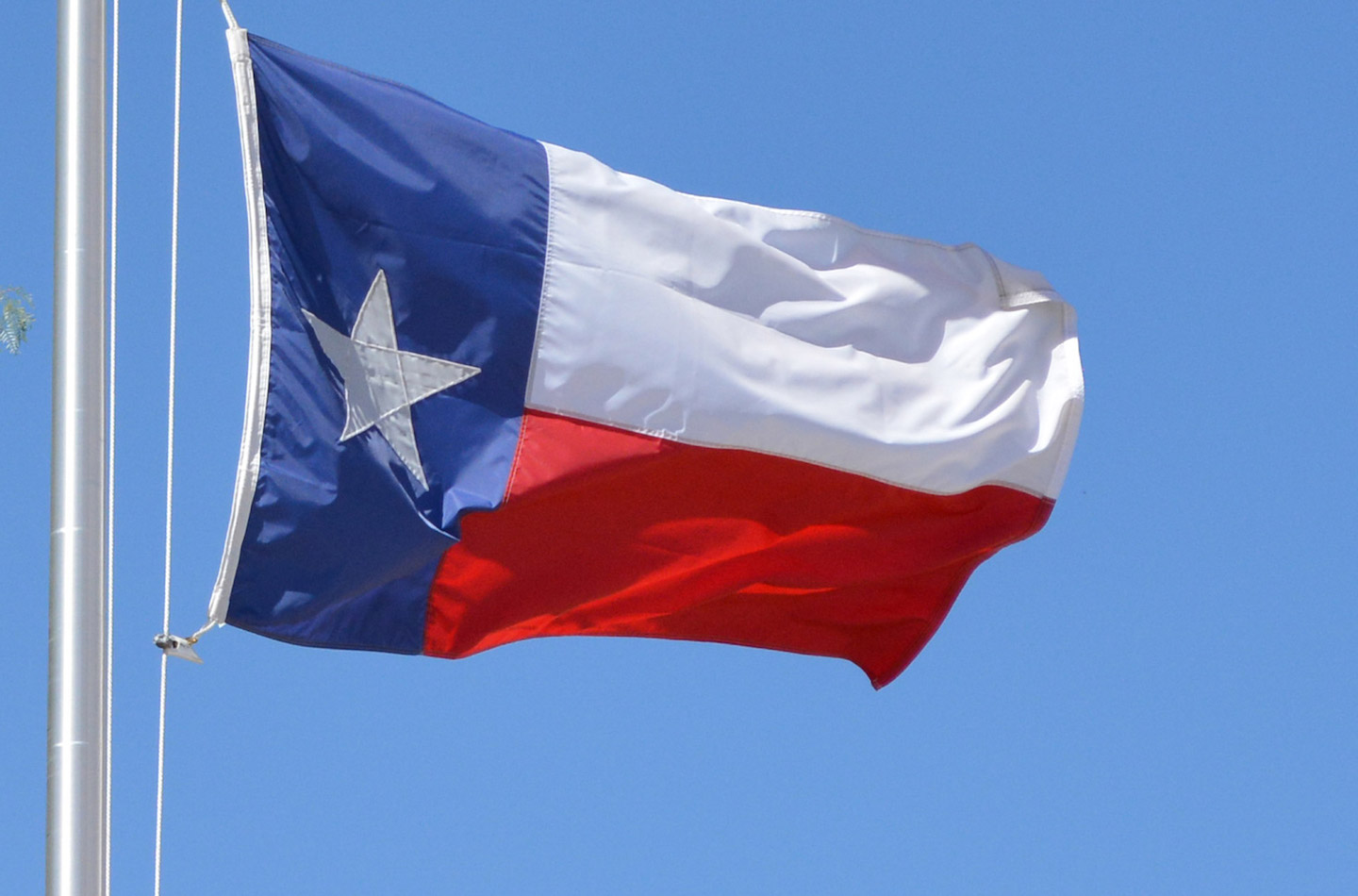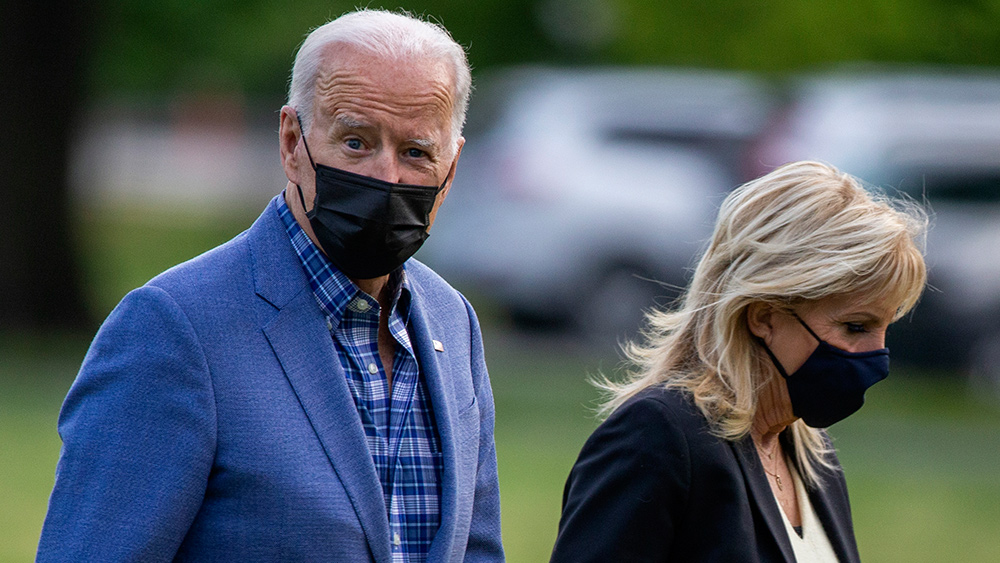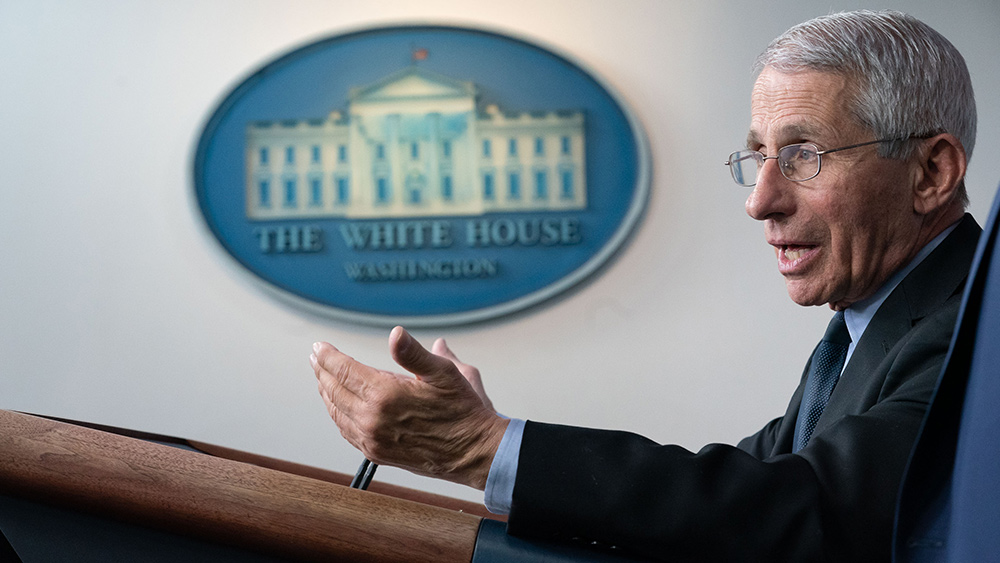Public health trials show events packed with mask-free attendees are as safe as eating out, shopping
09/13/2021 / By Ramon Tomey

Early trials done in the U.K. have suggested that events with mask-less attendees and devoid of social distancing are as safe as eating at a restaurant or going shopping. The findings by a technical group allayed earlier fears that such large gatherings could result in COVID-19 outbreaks. The group emphasized that health and safety measures helped lower the risk of pathogen transmission in these gatherings.
The Events Research Program (ERP) looked at a number of ways to reopen large venues by testing out measures at a number of events. An April 19 government statement said the ERP “aims to examine the risk of [COVID-19] transmission from attendance at events.” It added that the program explored “ways to enable people to attend a range of events safely” – with an emphasis on testing and non-pharmaceutical interventions.
The ERP implemented COVID-19 measures in a number of pilot events, including the May 15 Football Association (FA) Cup Final. Around 21,000 football fans – all devoid of masks – attended Wembley Stadium to witness Leicester City win against Chelsea. The crowd at Wembley was the biggest in the U.K. in more than a year. Furthermore, the ERP also put these measures in place during the May 11 Brit Awards 2021 ceremony which saw 4,000 attendees.
COVID-19 test results from attendees five days after the events showed a minimal risk of transmission However, the ERP clarified that this would definitely be possible as long as health guidelines such as pre-attendance testing, temperature checks and good ventilation of indoor spaces were followed. The program’s findings also downplayed concerns by scientists that such events could trigger COVID-19 outbreaks.
A U.K. government source described the ERP results as “very encouraging.” They added: It will help make the case that these large events are not inherently more risky than other parts of the hospitality sector. [Also,] it shows that there are things that you can do to make these settings as safe as other daily activities.” The group’s findings will then be sent to government ministers. (Related: Philadelphia bans large events in public spaces, but NOT protests and demonstrations.)
Findings come amid concerns of Indian strain circulating in the UK
Incidentally, the pilot events where ERP implemented the measures all happened before concerns about the Indian strain emerged. The B1617 strain first discovered in the Indian state of Maharashtra has already overtaken the home-grown B117 variant in some areas. Authorities also noted that it has spread to 40 percent of the entire U.K. They continued that it has accounted for more than half of all COVID-19 positive tests in a number of areas.
According to data from the Wellcome Sanger Institute, the Indian variant had been found in 127 areas in England. The genetic research institution added that the B1617 strain was responsible for a total of 2,323 COVID-19 cases caused by in the entire country. It now makes up at least one in five of all new infections. (Related: Explosion of 3,500 new covid “variants” follows mass vaccination campaign in India.)
Despite the worrying information about the Indian variant, Prime Minister Boris Johnson said the lifting of current COVID-19 restrictions scheduled on June 21 remains unchanged. He continued that the government is currently scrutinizing emerging data about the strain. Given this update, Johnson remarked that there is no “conclusive evidence” yet calling for any revisions to the lockdown roadmap.
The prime minister elaborated: “We are looking at the epidemiology the whole time as it comes in and, at the moment, … I don’t see anything conclusive at the moment to say that we need to deviate from the [lockdown] road map. But we’ve got to be cautious and we are keeping everything under very close observation. We’ll know a lot more in a few days’ time.”
Cabinet ministers meanwhile met on May 18 to discuss a strategy to stop the Indian strain from spreading. Among the strategies put forward in the meeting included emergency plans which center on local restrictions. These localized lockdowns will be put in place at the Indian variant’s hotspots while the rest of the country lifts restrictions.
The localized restrictions would be reminiscent of the U.K.’s tier-based lockdown. Areas under the most stringent tier could see residents being told to stay home and restaurants being ordered to close. However, businesses hit hard by the lockdown could receive more government assistance to tide them over.
Ultimately, Health Secretary Matt Hancock said on May 16 that the government will announce a final decision on June 14 regarding the final lifting of restrictions. He said that variants such as the Indian B1617 strain posed one of the “biggest risks to this opening.” Hancock commented: “Because of the speed of transmission of this one, it can really spread like wildfire among the unvaccinated groups. [Hence,] we need to get as many people vaccinated as possible.”
Visit Pandemic.news to read more articles about measures to prevent the spread of COVID-19 in mass events.
Sources include:
Tagged Under: B1617 strain, coronavirus restrictions, coronavirus transmission, covid-19 pandemic, Events Research Program, Indian variant, masks, mass gatherings, outbreak, pandemic, pilot events, public health measures, SARS-CoV-2, United Kingdom, Wuhan coronavirus


